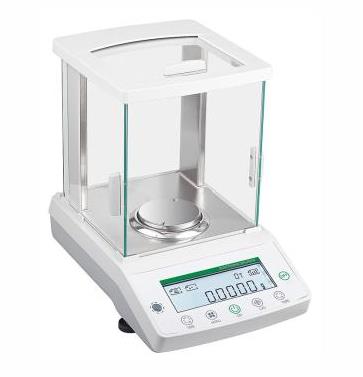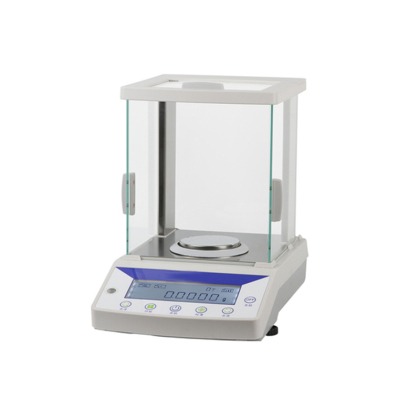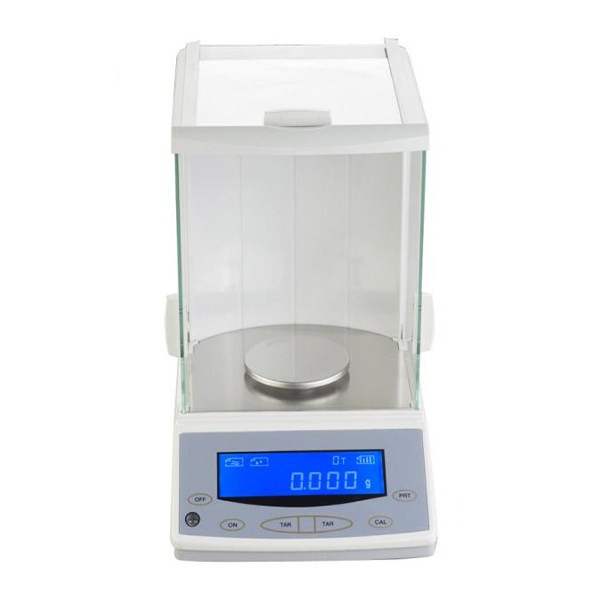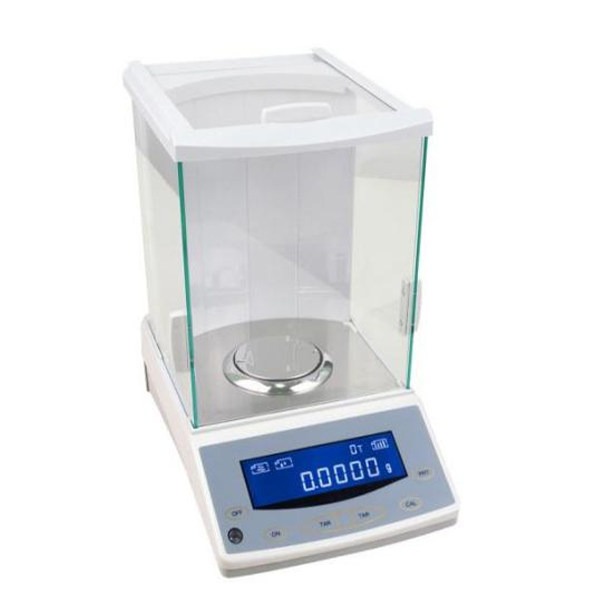The balance is a commonly used equipment in the laboratory. Have you ever had this or that doubt in your daily operation? Today, let’s take a look at the “Nine Questions of Laboratory Analytical Balances”.

1. Does the laboratory have to build a special balance room to hold the one thousandth analytical balance?
The environmental conditions for this level of balance are generally that the temperature is not greater than 30 degrees Celsius, the humidity is not more than 85%, and the temperature difference during operation is not more than 5 degrees Celsius. But whether it can be placed directly into the test room and a separate platform should also consider whether the room is influences such as corrosive gas, vibration, and airflow. If all are satisfied, it can be put.
2. Should the silica gel in the electronic balance be replaced regularly and how often should it be replaced?
Experts suggest not putting desiccant in the balance, but controlling the temperature and humidity between the balance. If you want to put it, it is also based on the actual situation, and half of the discoloration will need to be replaced.
3. How to calibrate an analytical balance?
- The balance should be preheated for about 2-3 hours.
- The balance should be level, otherwise, it should be adjusted.
- When there is no item to be weighed on the weighing pan of the balance, it should display the zero position stably.
- Press the “CAL” key to start the internal calibration function of the balance, and the electronic balance will display “C” later, indicating that the internal calibration is in progress.
- When the electronic balance display shows zero position, it means that the electronic balance should have been calibrated.
4. Do analytical balances with different precision classes serve different purposes?
- The accuracy is lower, and the process preparation test is done.
- 1/1000th, do technical testing.
- 1/10,000, do the above test and chemical analysis test.
- 1/100,000, do instrumental analysis.
- Higher accuracy, one in a million, for instrumental analysis.

5. Does the use of weighing paper affect the measurement results of the analytical balance?
- If the amount of the sample to be weighed is too small, it may be affected by buoyancy and static electricity during weighing, which may cause unstable weighing results.
- The outer edge of the weighing paper is beyond the range of the weighing pan, causing the weighing center of gravity to shift.
- The weighing paper is in contact with other parts other than the weighing pan, resulting in inaccurate weighing results.
6. Is the last digit of the scale a suspicious number?
Under normal circumstances, the last digit is the display division value d is an imprecise value, and the penultimate digit is the actual division value e, which is an accurate value. But there are exceptions, some balances e=d, at this time the last digit is the exact value.
7. Under the condition that the balance does not exceed the range, why can’t the required medicine be directly weighed in a beaker?
Laboratory analytical balances are precision instruments, and beakers are usually of large mass. Even within the weighing range, pick-and-place affects the accuracy of the balance more than weighing paper. Also has a great effect on balance! Therefore, direct weighing with a beaker is generally not recommended, but not impossible!
8. How to detect the quality of electronic balance performance?
For the purchase of electronic balances, how can we buy a balance with high-cost performance?
Stability: Stability can be divided into long-term stability and instantaneous stability. Long-term stability means that the electronic balance does not change much in the ambient temperature, and instantaneous stability means that the value displayed on the balance after the measured object is displayed immediately and remains unchanged.
After the power is turned on, the difference between the changes in the weight of the same supplementary test object in different periods is maintained for a long time. The smaller the difference between the above parameters, the more stable the performance of the electronic balance is.
Linear accuracy: The linearity indicator is also a very important indicator for measuring electronic balances. It mainly refers to the deviation between the displayed value and the absolute value over the entire weighing range.
Electronic balances with poor quality, even after full-scale calibration, are difficult to obtain accurate weighing values within the weighing range of the electronic balance.
Sensitivity: Refers to the resolution and the time limit reflected by the resolution. Resolution refers to the calibration division value e or the display resolution d.
Smaller values are better (superior sensitivity). Reflecting the time limit, the shorter the time for the electronic balance to increase a sensitivity value after adding a sensitivity value, the better. We believe that electronic balances have a fast response and high sensitivity.
9. What does e and d mean in electronic balances?
e is the “calibration division value” and d is the “actual division value”. Simply put, the “actual division value” d represents the readability of the balance, and the “verified division value” e refers to the balance accuracy.


